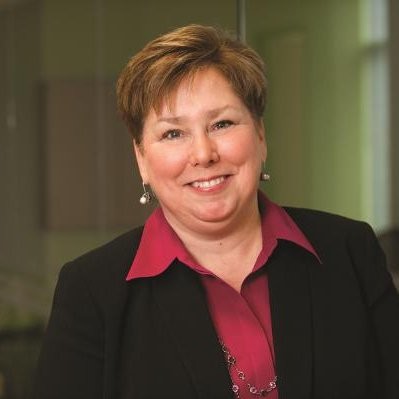Gaps in Care Surveys: How to Conduct Them and Why You Should

Gaps in care surveys help you identify which services patients have not received. The information you gather from the surveys can provide huge insight into health risks, how to prevent adverse outcomes, and how to set up health plans that support your patients’ medical needs.
What’s more, the surveys—and corresponding communication—help engage patients when they may otherwise not be taking actions to maintain their health. This lets you invite them to schedule appointments for preventive screenings and tests.
All of this lets you engage clients and keep their personal healthcare needs front and center.
Why Conduct Gaps in Care Surveys?
Participants’ reports of gaps in care coordination have been associated with increased chances of preventable adverse outcomes. Healthcare providers can use patients’ observations and survey responses to detect and proactively resolve gaps in care.
This is especially important right now, since many patients recently experienced disruptions in care due to the pandemic—and have mounting concerns about their health as a result.
A recent study found that 43.5 percent of patients who receive regular care experienced disruptions during the pandemic. And nearly half of patients are worried about unchecked health issues.
Sending out surveys can be a great way to re-engage these patients, educate them, and identify risks.
Digitizing the process can make it significantly easier, since digital surveys are quick and easy to complete, which increases the chances of patients engaging booking an appointment. Consider using a digital survey software (like Checkbox) to send surveys alongside a check-in email, automatically update patient records, and follow up with patients.
Considerations for Gaps in Care
Here are a few things to consider when setting up your gaps in care survey:
- Timing - Surveys are an opportunity to re-engage patients, if done correctly. Consider sending the survey some time after a missed appointment, or around the time of an annual check-up/preventative scans.
- Simplicity - The simpler you can make the survey—and booking—process for the patient, the better. If it’s simple and easy to complete, patients are more likely to fill in the survey and re-engage.
- Clear communication - More and more evidence suggests that patients are looking for clear, personalized communication.
Gaps in care messages and surveys are an opportunity to speak to your patients, educate them on any changing policies (such as easier ways to book), and get their insights. Make sure that information is clearly laid out and speaks to your patients directly.
Health Risk Assessment Survey Question Examples
- How often do you get a health checkup?
- How are you feeling about your health?
- When is your next health checkup?
- Has your regular care continued during the pandemic?
- How would you prefer your healthcare providers to contact you about booking or attending an appointment?
Gaps in care survey template
In order to get you started with your gaps in care survey, try our free survey template in Checkbox.
How Checkbox can Help
Checkbox is a healthcare survey tool that make gaps in care surveys and healthcare surveys simple for patients and healthcare providers alike.
We also offer a pre-created gaps in survey template that you can find here.
Ease of Use
Surveys are simple for healthcare providers to set up, and simple for patients to complete. Automatically send surveys, update patient records, and respond in just a few clicks.
Security and Compliance
Checkbox offers HIPAA compliant survey software that is PIPEDA Ready. Run our survey software via SaaS or collect on-premises surveys/self-host. These different hosting options give you peace of mind, knowing that your patient data is secure and protected.
Conclusion
Gaps in care surveys help you identify health risks and create proactive plans for patients’ medical needs. They also give patients an opportunity to report their feelings (and concerns) about their health, and to ask for what they need.
In turn, this helps you re-engage them in a patient-centered, personalized way.
Right now, this is crucial. Patients expect a higher level of personalized care, and gaps in care communication can be a great step in that direction.
To see Checkbox in action for gaps in care surveys, sign up for a free demo.


